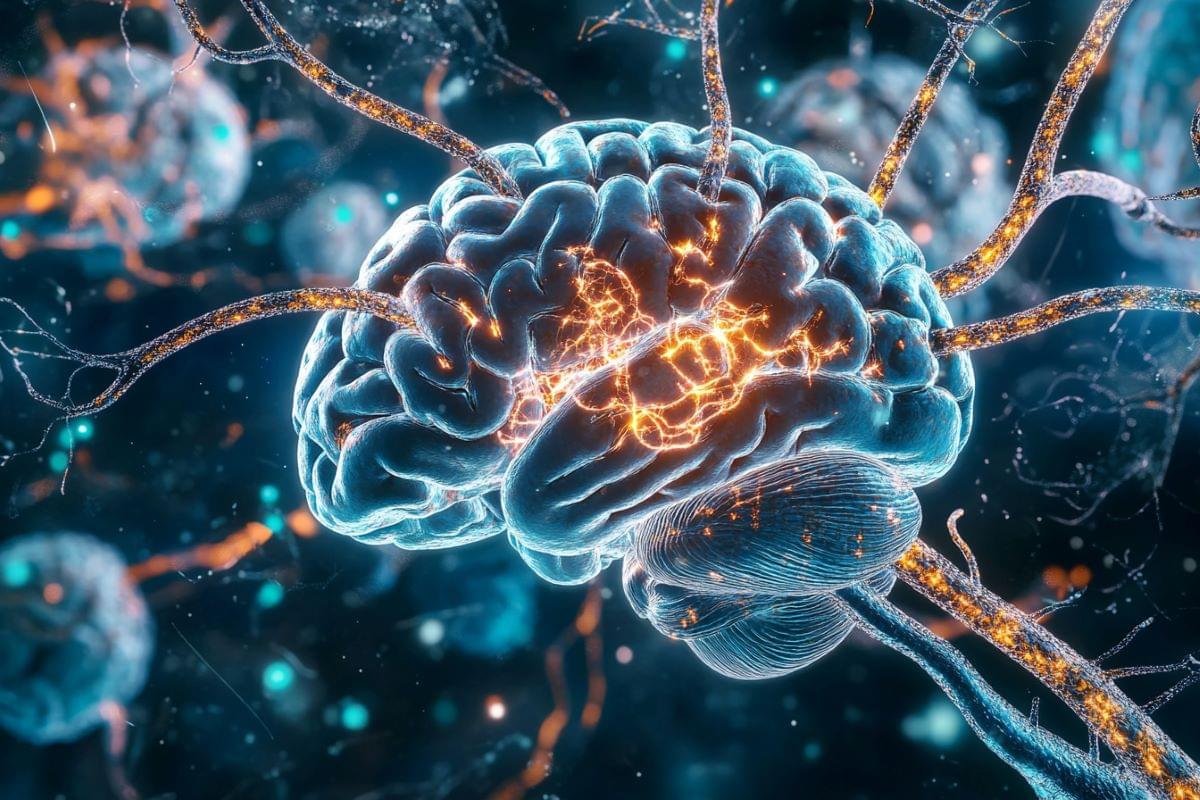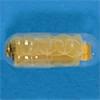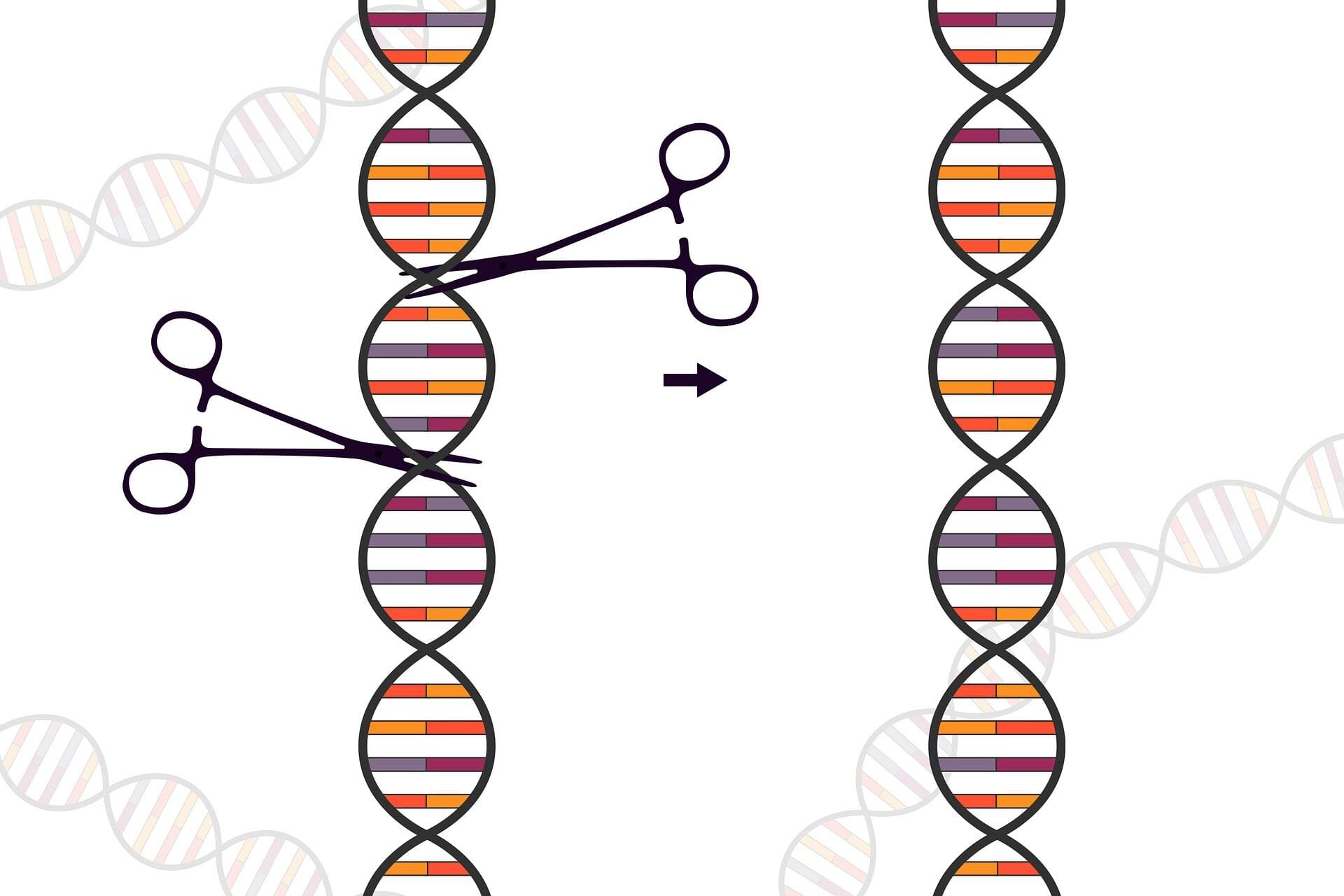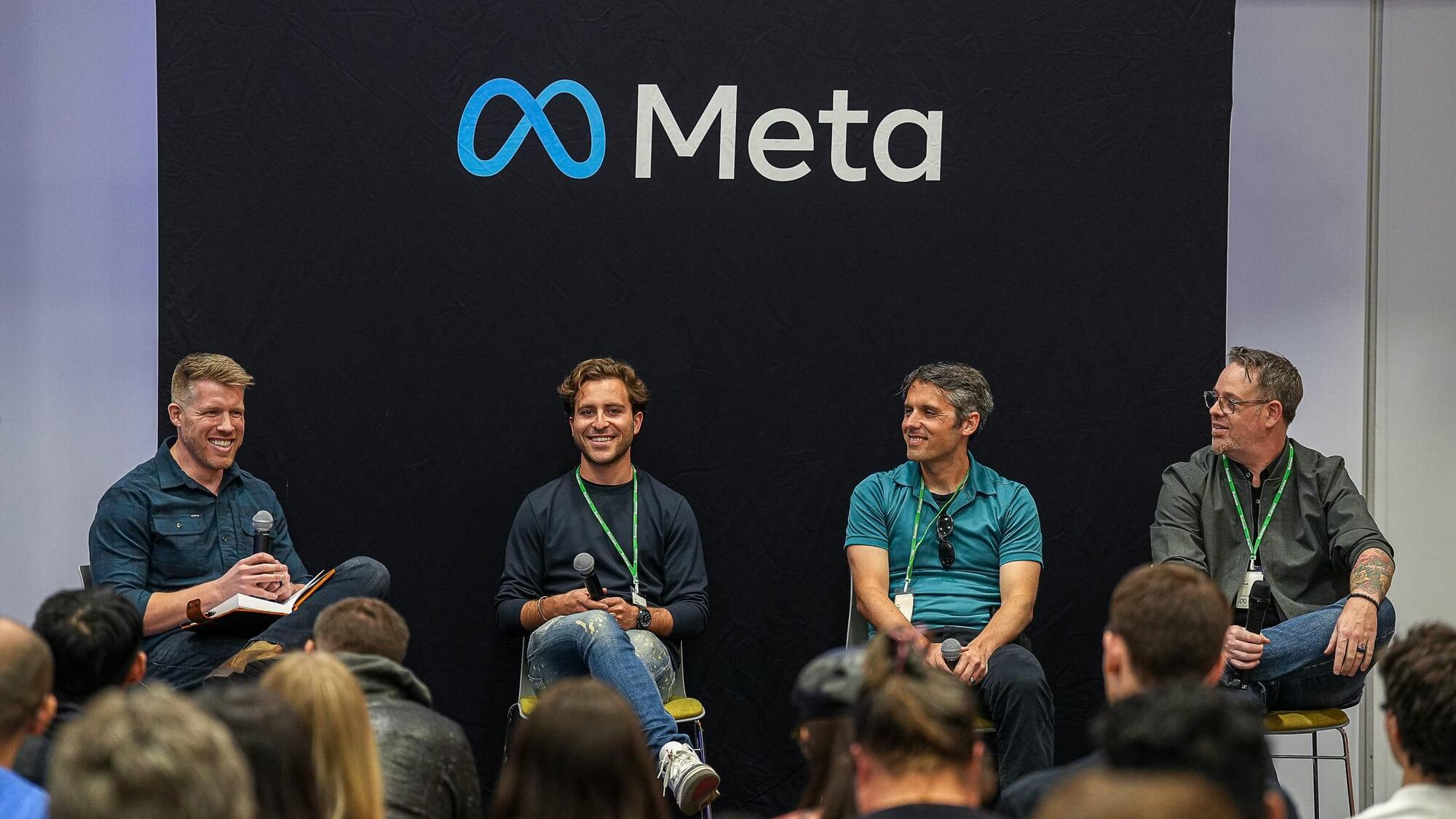Health during pregnancy does not cause autism, according to a study of 1.1M pregnancies. Genetics and fetal complications play a much larger role, challenging long-held assumptions about autism risk factors. +.
Summary: A large study analyzing over 1.1 million pregnancies found no strong evidence that maternal health conditions during pregnancy cause autism. Instead, nearly all previously reported associations between maternal diagnoses and autism could be explained by genetic or environmental factors.
Researchers found that only fetal complications remained statistically linked to autism, suggesting these issues might be early signs rather than causes. By analyzing sibling and paternal health records, the study further ruled out many maternal conditions as contributing factors.
The findings emphasize that autism likely begins before birth due to genetic influences rather than maternal health conditions. This research may help alleviate guilt for parents and shift focus toward early diagnosis and support.








